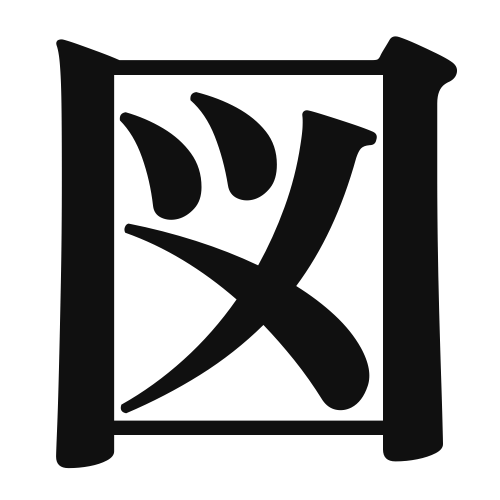1. Overview of Meaning
The kanji “図” (pronounced “zu” or “to”) primarily means “diagram,” “drawing,” or “plan.” It represents a visual representation of information or concepts.
2. Formation and Radicals
The kanji “図” is a combination of two elements: the radical “囗” (enclosure) and the character “土” (earth). This formation suggests the idea of enclosing or depicting something within a boundary, which aligns with its meaning of a visual representation.
The radical “囗” indicates that the character is related to something enclosed or framed, which is fitting for diagrams and drawings.
3. Examples of Usage
Common words and phrases that include “図” are:
- 図面 (zumen) – drawing, blueprint
- 図書館 (toshokan) – library (literally “book diagram house”)
- 図解 (zukai) – diagrammatic explanation
Example sentences in daily conversation:
- この図を見てください。 (Kono zu o mite kudasai.) – Please look at this diagram.
- 図書館で本を借りました。 (Toshokan de hon o karimashita.) – I borrowed a book from the library.
4. Synonyms and Antonyms
Similar kanji with related meanings include:
- 絵 (e) – picture, painting (focuses more on artistic representation)
- 表 (hyou) – table, chart (emphasizes structured data representation)
Antonyms include:
- 無 (mu) – nothing, absence (indicating a lack of representation)
5. Cultural and Historical Background
The kanji “図” has significant relevance in Japanese culture, particularly in fields such as art, architecture, and education. It is often used in contexts where visual representation is essential for understanding complex ideas.
Proverbs and idiomatic expressions that include “図” are:
- 図に乗る (zu ni noru) – to get carried away (literally “to ride on a diagram,” meaning to become overconfident or arrogant).
